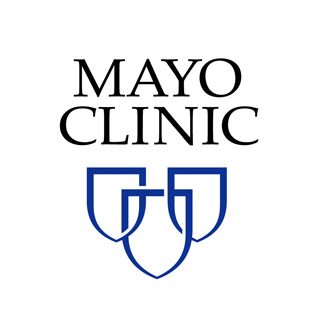
The study shows that acini, the small milk-producing elements in breast lobules, may perhaps be counted in sample biopsies. Supposedly, the percentage of acini present for each lobule at a given age indicates cancer risk. Study experts claim that this method seems to be more precise in predicting risk for an individual in contrast to the Gail model.
“Aside from the predictors of heredity, there is no effective independent predictor of risk of breast cancer. This risk estimate model based on novel tissue in each individual may provide a reliable strategy,†says senior author of the study, Lynn Hartmann, M.D., Mayo Clinic oncologist.
For the purpose of the study, experts were believed to have studied the tissue structures in nearly 85 patients with breast cancer and previously examined the non-cancerous breast biopsies from the same women. Furthermore, they compared them to approximately142 age-controlled samples from Mayo’s Benign Breast Disease Cohort. This group is known to be a bio storehouse of benign biopsy tissues.
Later, they developed the model and tested a risk prediction for every patient. It was observed that for the same women, they made use of the obtainable Gail model in order to make five-year risk predictions for the same women. Study authors claimed that although this Gail model seems to be useful in determining increased risk in groups of women, it is only somewhat better than a guess when it comes to predicting cancer for an individual.
“Women who were more likely to develop breast cancer had larger lobules with more acini,†explains Dr. Hartmann.
It was observed that as women age, particularly as they come close to menopause, the risk of breast cancer decreases because the lobules and acini disappear. This natural process known as involution, seems to be at the basis of this risk factor.
Dr. Hartmann says that if the lobules fail to disappear by the time a woman is 55; her risk of breast cancer seems to increase by threefold. By examining closely at the structures in a large sample of benign tissues, the experts were able to note standard measurements for lobule size and number of acini in the lobules. This twofold approach was believed to have led to the development of accurate metrics thereby discovering individual risk.
The team anticipates that this novel model, combined with other patient information and assessments, may perhaps significantly improve a physician’s ability to predict cancer risk for individual patients.
The findings of the study have been published in the Journal of Clinical Oncology.
